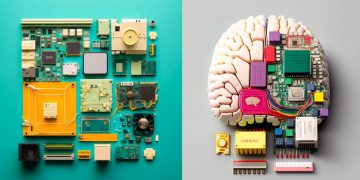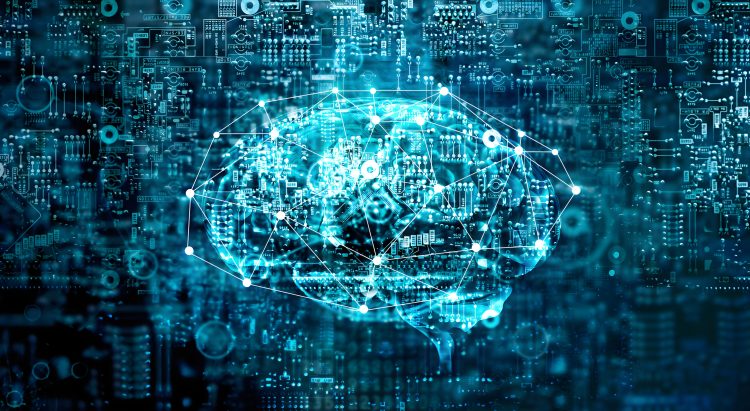Natural Language Processing (NLP), the machine’s pursuit of comprehending and manipulating human language, endeavors to teach machines how to decipher and engage with human speech, thereby fostering a seamless channel of communication between humans and machines. This technology has permeated our daily lives, exemplified by the ubiquitous personal voice assistants like Alexa and Siri, residing in our smartphones and smart speakers. These assistants not only comprehend our spoken words but also act upon them and provide feedback, all thanks to the intricate algorithms underpinning NLP.
Core Essence of NLP: Communicating in Our Native Tongue
At the heart of NLP lies the crucial premise: communication must occur in human’s natural language. For decades, we’ve been interacting with machines by crafting programs to execute specific tasks, utilizing languages like Java, Python, C, and C++. These languages, though powerful, are not naturally spoken or evolved but designed with machines in mind, prioritizing what machines can easily comprehend and process. As user-friendly as Python might be, humans still need to adapt to machine languages when communicating with them.
NLP, on the contrary, aims to reverse this paradigm. It doesn’t coerce humans to learn machine languages but instead teaches machines to align with human communication patterns. This shift is significant as technology’s ultimate goal is to simplify our lives, and NLP brings us closer to that vision.
Consider your first programming experience—instructing a machine to print “hello world.” This is an instance of adapting to the machine’s language. However, asking your voice assistant to say “hello world” and receiving the same response is an NLP triumph, as you’re communicating in your native tongue, and the machine conforms to your communication style.
The Significance of NLP
As an AI subdomain, NLP intersects linguistics and AI, enabling machines to comprehend human language, thereby facilitating effective communication. Yet, NLP’s necessity transcends mere comprehension. Machine learning and deep learning models thrive on numerical data, which humans find challenging to generate naturally. Language, not numbers, is our native mode of communication.
NLP bridges this gap by converting textual data into numerical formats, enabling ML and DL models to process language-based information. It not only helps machines understand but also respond to queries, solve problems, and engage in conversations using natural language.
Capabilities of NLP
NLP boasts numerous real-world applications categorized under three primary functions:
- Speech Recognition: Machines can decipher spoken language and convert it into text, as seen in smartphone dictation features.
- Natural Language Understanding (NLU): Machines comprehend both spoken and written language, enabling commands like “Hey Siri, call home” to be executed seamlessly.
- Natural Language Generation (NLG): Machines generate human-like responses, such as Siri’s “It’s 2:08 PM.”
These capabilities automate and simplify numerous tasks, underscoring NLP’s widespread applicability.
Applications of NLP
- Automatic Summarization: Generating concise summaries of large text corpora.
- Translation: Tools like Google Translate facilitate text translation across languages.
- Sentiment Analysis: Identifying, extracting, and quantifying emotions from written and spoken content, aiding in understanding customer feedback and social media sentiments.
- Information Extraction: Extracting essential terms or entities from text, such as named entity recognition.
- Relation Extraction: Uncovering semantic relationships between entities, crucial for understanding complex data.
- Chatbots: AI-powered conversational agents that mimic human interactions, assisting with mental health support and customer service.
- Social Media Analysis: Tracking and monitoring trends, sentiments, and conversations across platforms like Twitter and Facebook.
- Personal Voice Assistants: Siri, Alexa, Google Assistant, and Cortana leverage NLP to comprehend and respond to users’ commands.
- Grammar Checking: Automated tools check and correct grammatical, punctuation, and spelling errors in written content.
In conclusion, NLP is a pivotal technology that democratizes human-machine communication, enabling machines to comprehend and engage with us in our native tongue. As NLP continues to evolve, it promises to further streamline our interactions with technology, making our lives simpler and more connected.

















































Discussion about this post